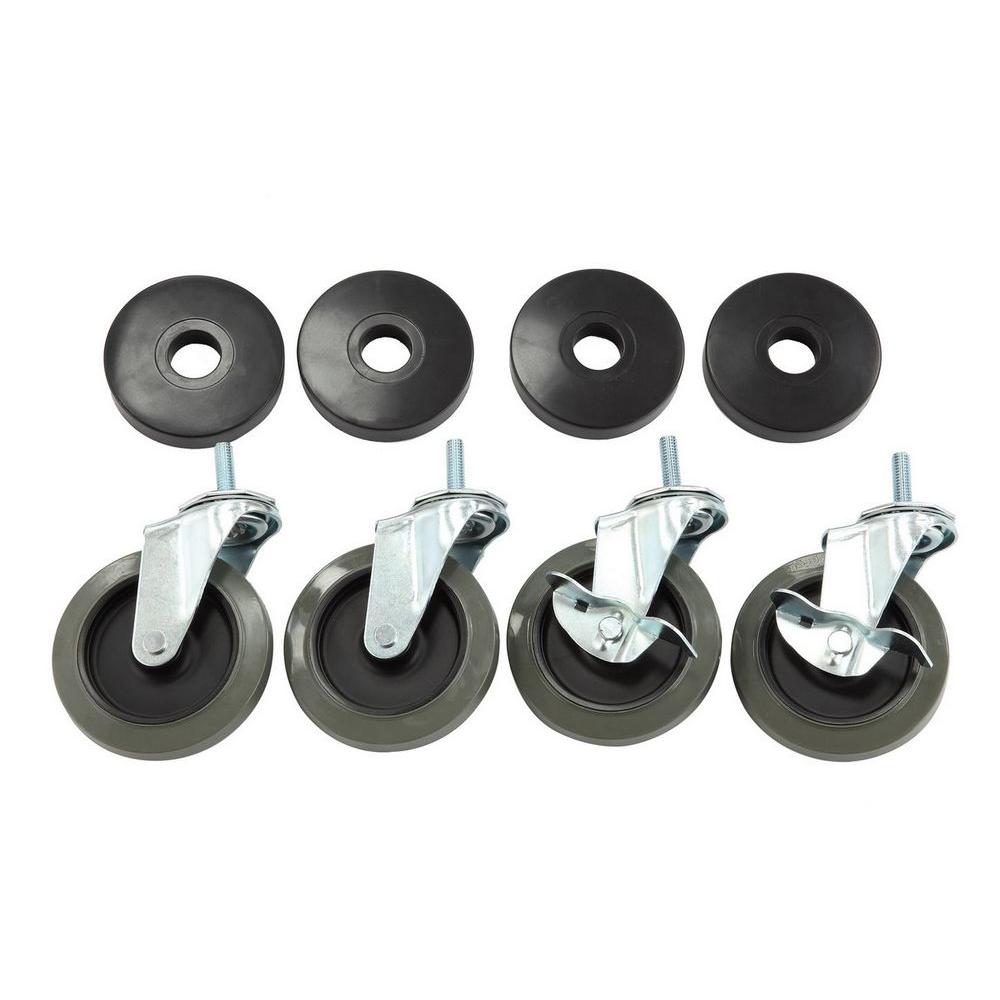What You Should Know About Casters

Casters are usually thought of as a way to move things around. However, their job does not end there. It is not only that the casters must move an object when wanted; they must also stay still when wanted. They must support the object firmly and securely. Finally, they should be able to change smoothly from one purpose to another. The ideal caster may change from mobile to immobile with little effort from the operator, but it must also be proof against accidental activation and switching between its states without warning.
A building is only as good as its foundation, and a caster is only as good as the mechanism that holds it to the object. This mechanism is called a rig, and it is available in a variety of styles of fabrication. There are rigs that are meant to hold the caster to the object permanently and securely, and these are usually made of metal. There are rigs that are designed to swivel or pivot, whether on one axis or two, and their durable construction is usually devised of multiple pieces of metal sheathed by plastic at the point of contact. Rigs can be attached and detached with relatively little effort, and the vast majority of them have permanent mounting holes for bolts or for screws. This modular design means that they can be changed quickly, and their simple shape makes them easy for manufacturers and equipment designers to plan to use. Custom fabrication for particular uses can be an option as well.
The other necessary component of a caster rig is the method to make it stop. Brake casters contain simple mechanisms that arrest the rotation of the caster wheel and bring travel to a halt. Most brakes work by friction or by the interposition of a mechanical stop into some sort of gear in the wheel. Some brakes are activated by a toe plate that lies on the side of the caster itself. Although these are convenient for experienced users, they can be a little difficult in some circumstances. They are also more difficult to lock, which means that they are more prone to accidental activation. More advanced caster brakes have remote activation, either by mechanical means or by remote activation of a servomotor. As with most modern technology, the possibilities are limitless. One may choose the tried-and-true, utterly reliable traditional model, or add as many options as science can devise
